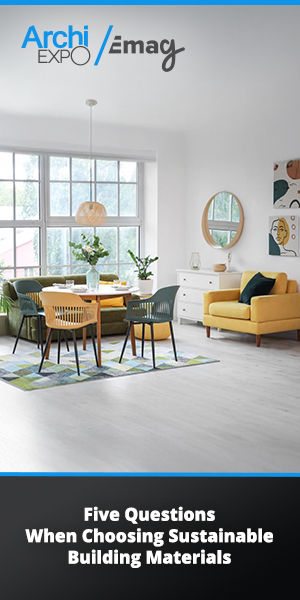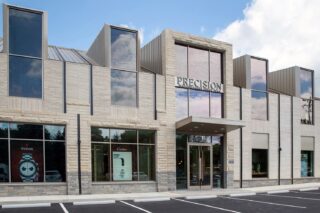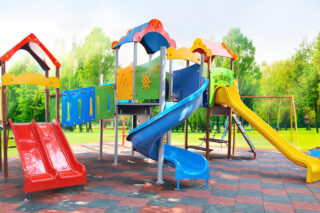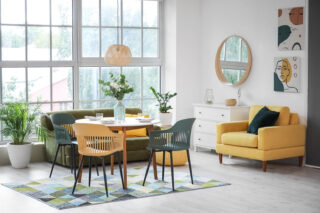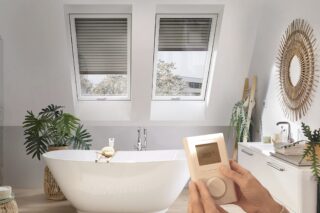In this op-ed, Susan Pilato, CEO and Founder of Mantra Inspired Furniture, discusses the greenwashing trap in design and why sustainability must begin with transparency in materials and metrics.
A desk with an FSC veneer may look sustainable on the surface, but if its core is packed with formaldehyde adhesives, is it truly a responsible choice? This is the greenwashing trap in design: surface-level certifications that distract from the bigger picture of a product’s full lifecycle.
Architects and Interior Designers who are intentional about environmental stewardship have been tasked with sorting through certifications and programs for years. BIFMA Level, Cradle to Cradle, Health Product Declaration, Declare Label, Environmental Product Declaration, Greenguard, FSC, LEED, WELL, and SFI are only a few of the many. While they were developed with good intentions and can help guide the industry, they don’t always tell the full story.
The Big Picture in Three Points
Grouped simply, the issues come down to three things:
- Useful but confusing – Certifications can help highlight environmental goals, but they don’t explain the whole material story or the true lifecycle of a product.
- Expensive barriers – The fees, audits, and annual renewals can be cost-prohibitive for small to mid-sized manufacturers. This creates an uneven playing field where large corporations can “buy” credibility while smaller, often more sustainable makers are left out.
- Potentially misleading – A product may carry a label that applies only to one component, while the rest of the product contains harmful chemicals or has a short lifespan.
The FSC veneer over a particleboard core is the perfect example. The label suggests responsibility, but in reality, the adhesives inside are harmful to both people and planet. When that desk breaks down, it has no second life—it’s destined for the landfill.
This is why durability and longevity must be at the center of sustainability. A certified product that wears out quickly is not sustainable. True environmental responsibility comes from products that last, can be refinished or repaired, and avoid the landfill for decades.
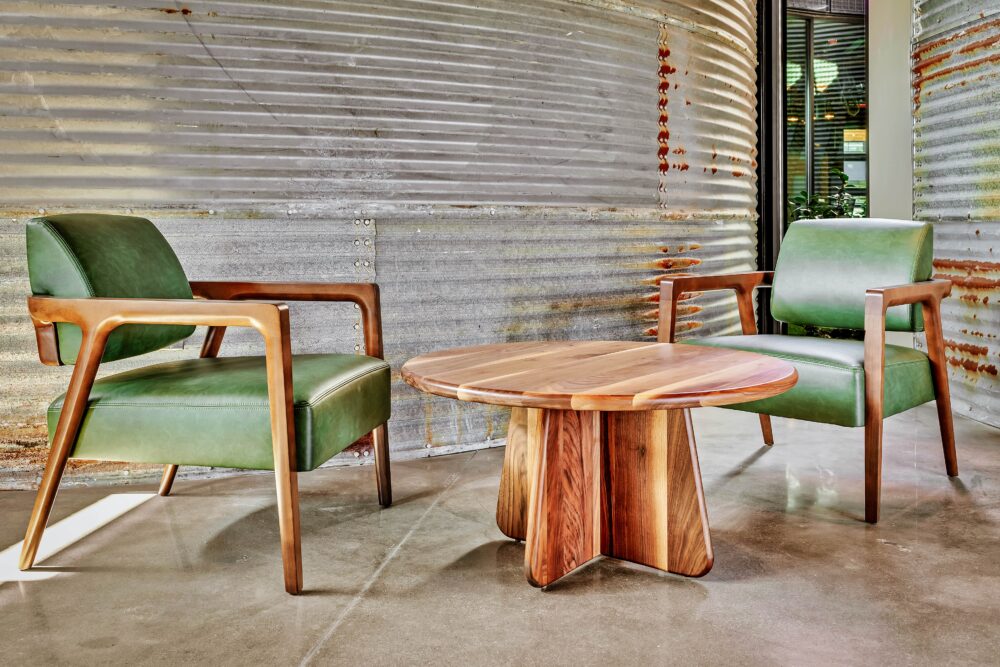
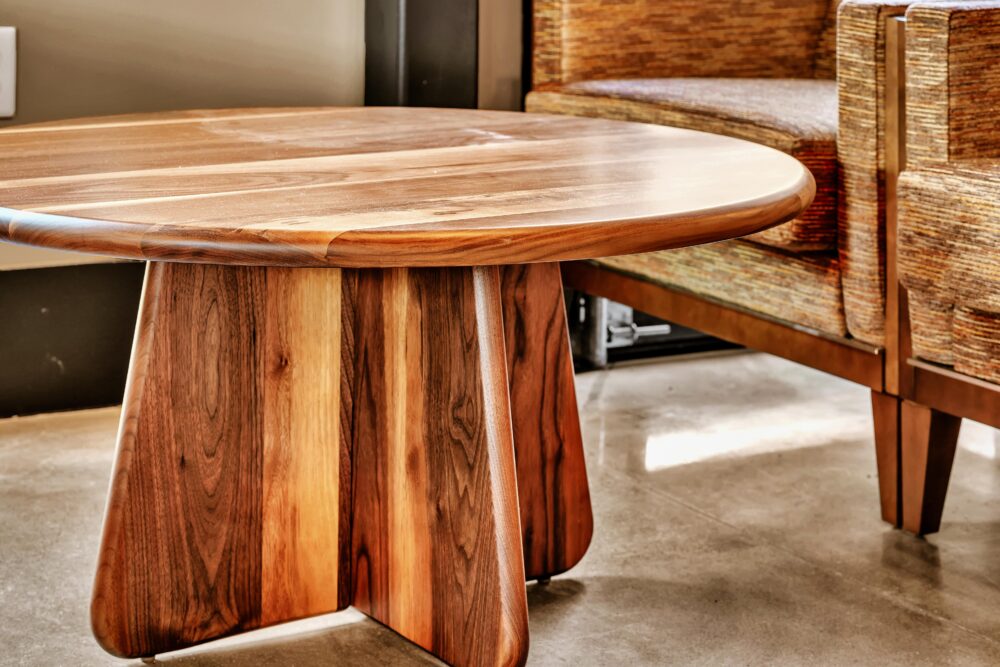
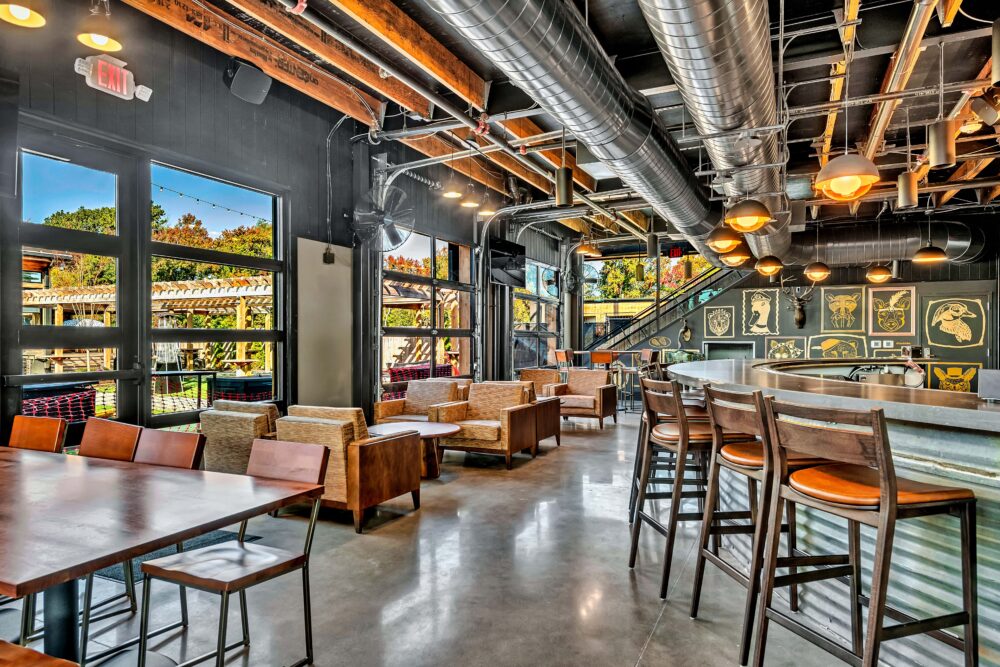

Image: The Silos – 5 Unity coffee tables, 5 small walnut tables, 3 large walnut round tables, 1 large rectangle walnut table. Courtesy of Mantra Inspired Furniture. For The Silos restaurant in Suffolk, VA, Mantra Inspired Furniture created a mix of Unity coffee tables and custom walnut dining pieces — each one built to invite conversation and endure the rhythm of daily service. The result is a dining space rooted in authenticity, where honest materials and craftsmanship echo the welcoming spirit of the restaurant itself.
True Sustainability: Refinished, Reused, and Repaired
Solid hardwood is one of the best examples. Unlike particleboard substitutes, it can be refinished, reused, and repaired. And it locks in carbon for decades, not many materials can make this claim. The American Hardwood Carbon Calculator Carbon Calculator | Mantra even allows specifiers to measure how much carbon is stored within a surface or piece of furniture.
But hardwood isn’t the only example. The same lifecycle thinking applies to other categories:
- Textiles may advertise recycled content, but if they rely on toxic dyes or non-recyclable backings, they compromise both health and environmental integrity.
- Reclaimed metals may sound sustainable, but if they’re shipped halfway across the world for processing, the carbon footprint may outweigh the benefit.
- LVT flooring may last years, but it is made of PVC and is not biodegradable. Most end up in the landfills adding to the environmental cost.
Each category shows that specifiers must weigh the entire material story, not just the logo at the top of the data sheet.
The story of American hardwood also shows how material choices affect larger systems. Since 1999, demand for domestic hardwood has dropped, and in just the past 18 months more than 100 hardwood sawmills have closed. Each closure weakens not only rural economies but also the stewardship of forests.
Without managed harvesting, forests grow overcrowded, pests and disease spread, and wildfire risks increase. Ironically, the misconception that leaving forests untouched is always best has contributed to forest decline—“loving our forests to death.”
The truth is that the U.S. already has strict regulations in place. Selective harvesting is done in ways that support continued forest health. Additional certifications for American hardwoods are often redundant. The real need is for specifiers and designers to understand sources and ask deeper questions about where their materials come from and what impact they carry.

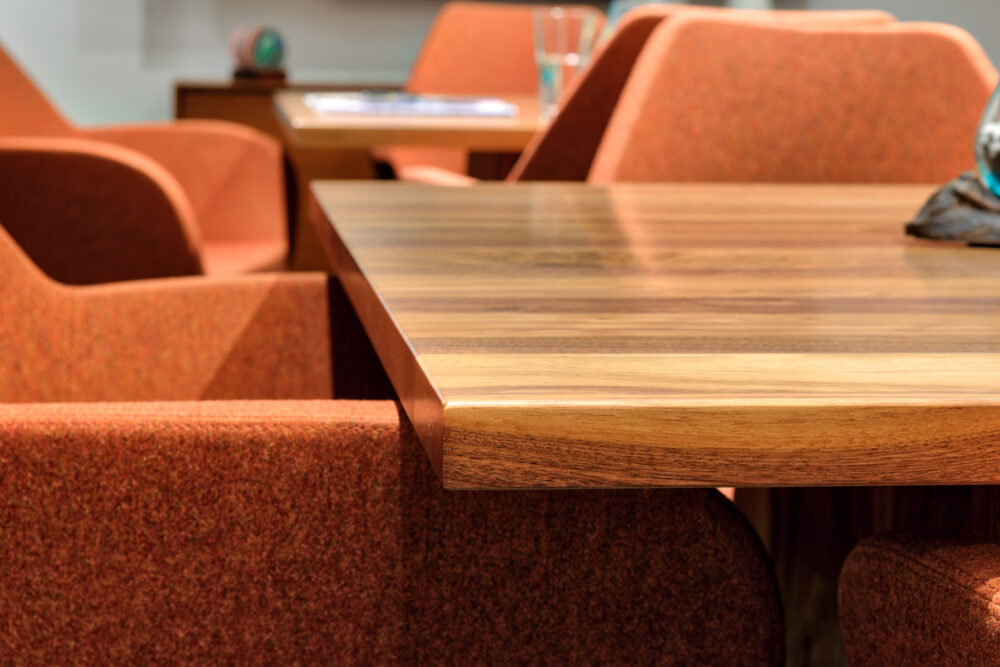
Images: Mantra Inspired Furniture’s Unity Table Collection celebrates simplicity, inclusivity, and enduring design. Crafted from solid American hardwood and built for easy assembly, each piece embodies the brand’s mission to make quality craftsmanship accessible to all — connecting people through honest materials and thoughtful design.
Human Health: Understanding the Qualities Contributing to Our Well-being
Natural materials also affect human health in ways certifications rarely capture. Authentic materials like wood, stone, or organic textiles create a sensory balance—through texture, warmth, and even scent—that supports focus, comfort, and overall well-being. These qualities connect directly to neuroaesthetics and neurodiversity, offering environments that are more inclusive and supportive for a range of cognitive and sensory needs.
This is part of sustainability too. Products that nurture human health while also protecting the environment provide a fuller definition of responsibility.
Sustainability isn’t about collecting badges or certifications—it’s about creating products that last and contribute to healthier spaces. Specifiers and designers must look at every aspect:
- What is this product made of?
- How long will it last?
- Can it be repaired, refinished, or reused?
- Does it benefit both people and planet?
Asking these questions turns sustainability into something real, not just a marketing message.
Certifications have their place, but they are not the finish line. Designers and architects must demand transparency, evaluate the full material story, and prioritize longevity over short-term optics.
If we truly want to build workspaces that are sustainable, we must design for longevity, specify with integrity, and make choices that serve both people and planet for generations. Only then can the built environment live up to its promise of stewardship, resilience, and design that endures.

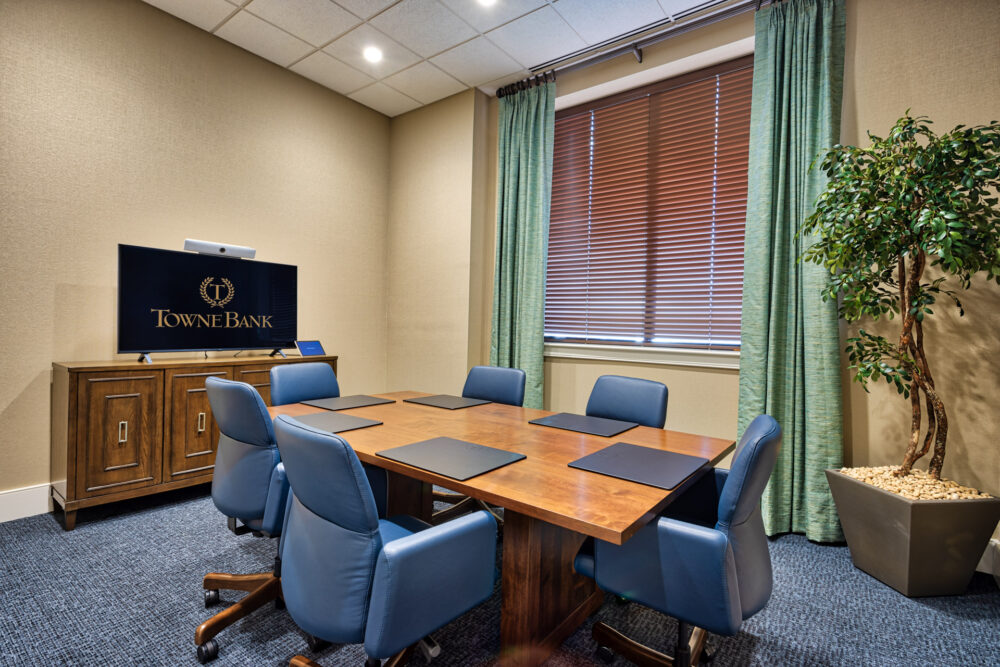
Images: TowneBank’s Greenville, NC branch, features 23 private offices, two conference rooms, and a boardroom furnished with Mantra Inspired Furniture’s Compton and Clayborne Collections. The partnership reflects a shared commitment to craftsmanship, warmth, and reliability — values that define both TowneBank’s approach to community banking and Mantra’s dedication to enduring American design.


